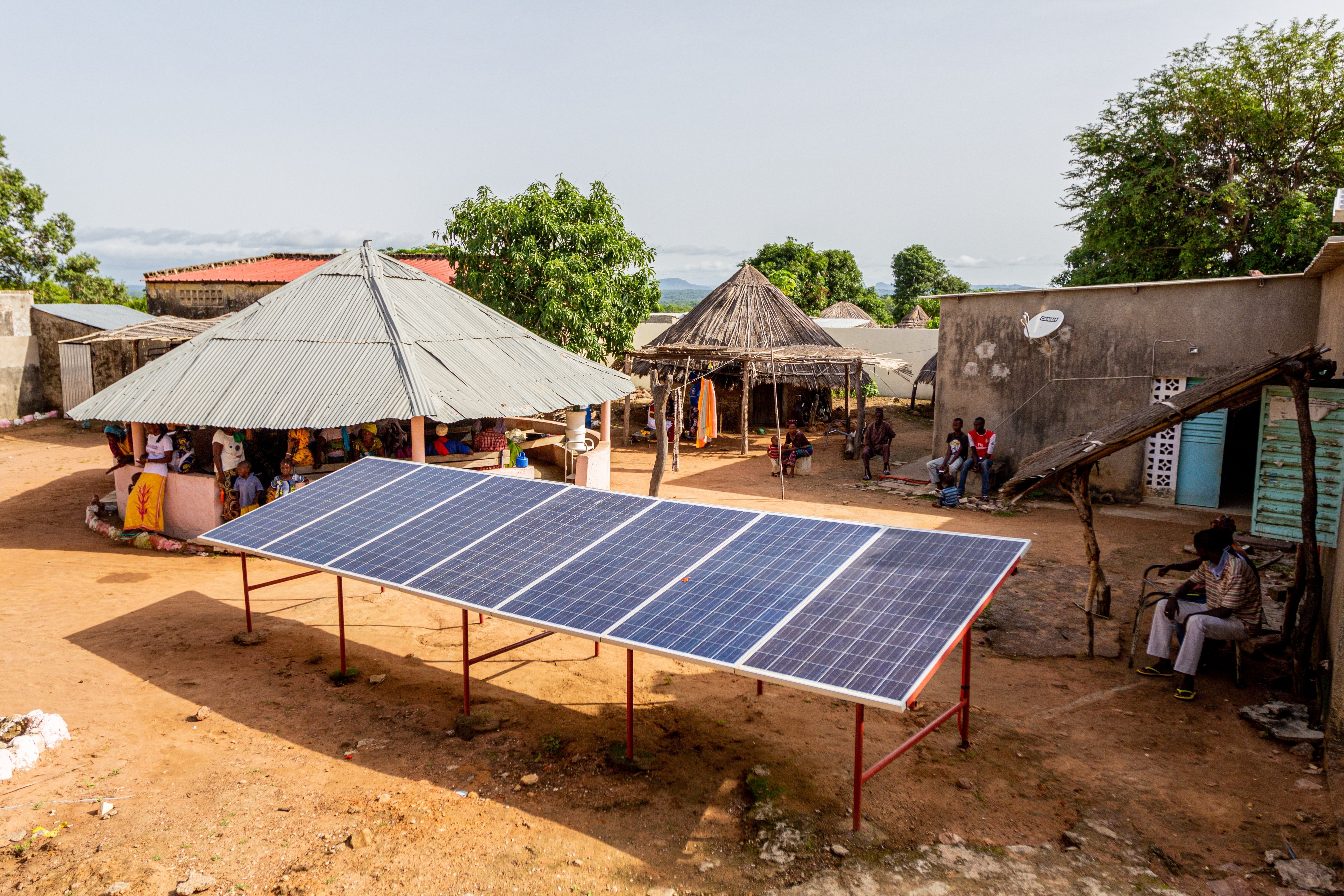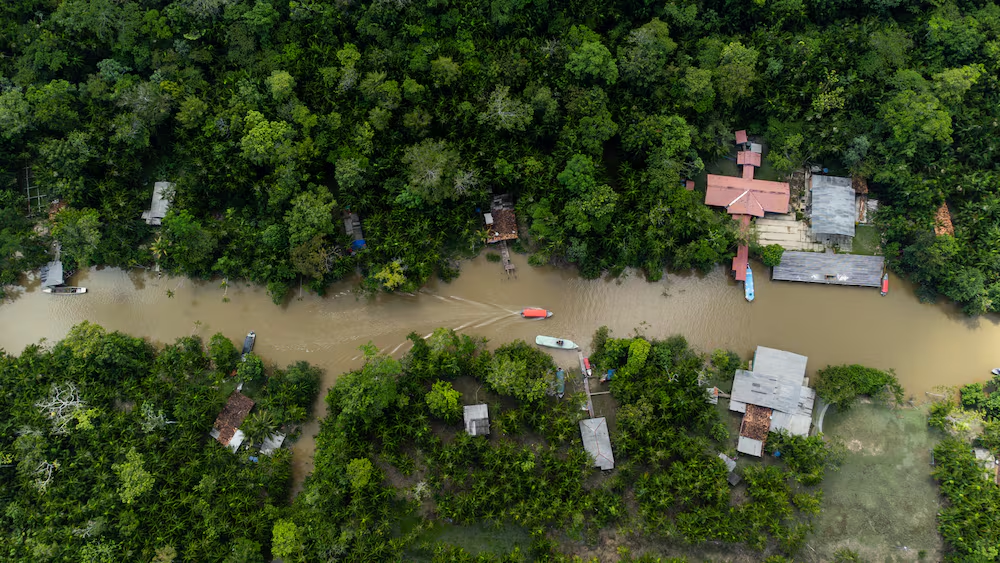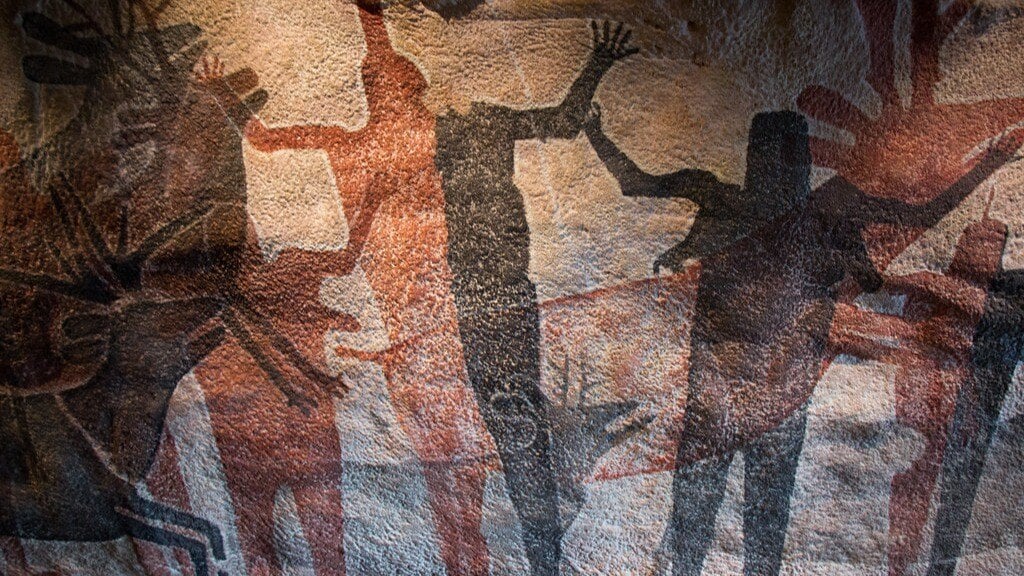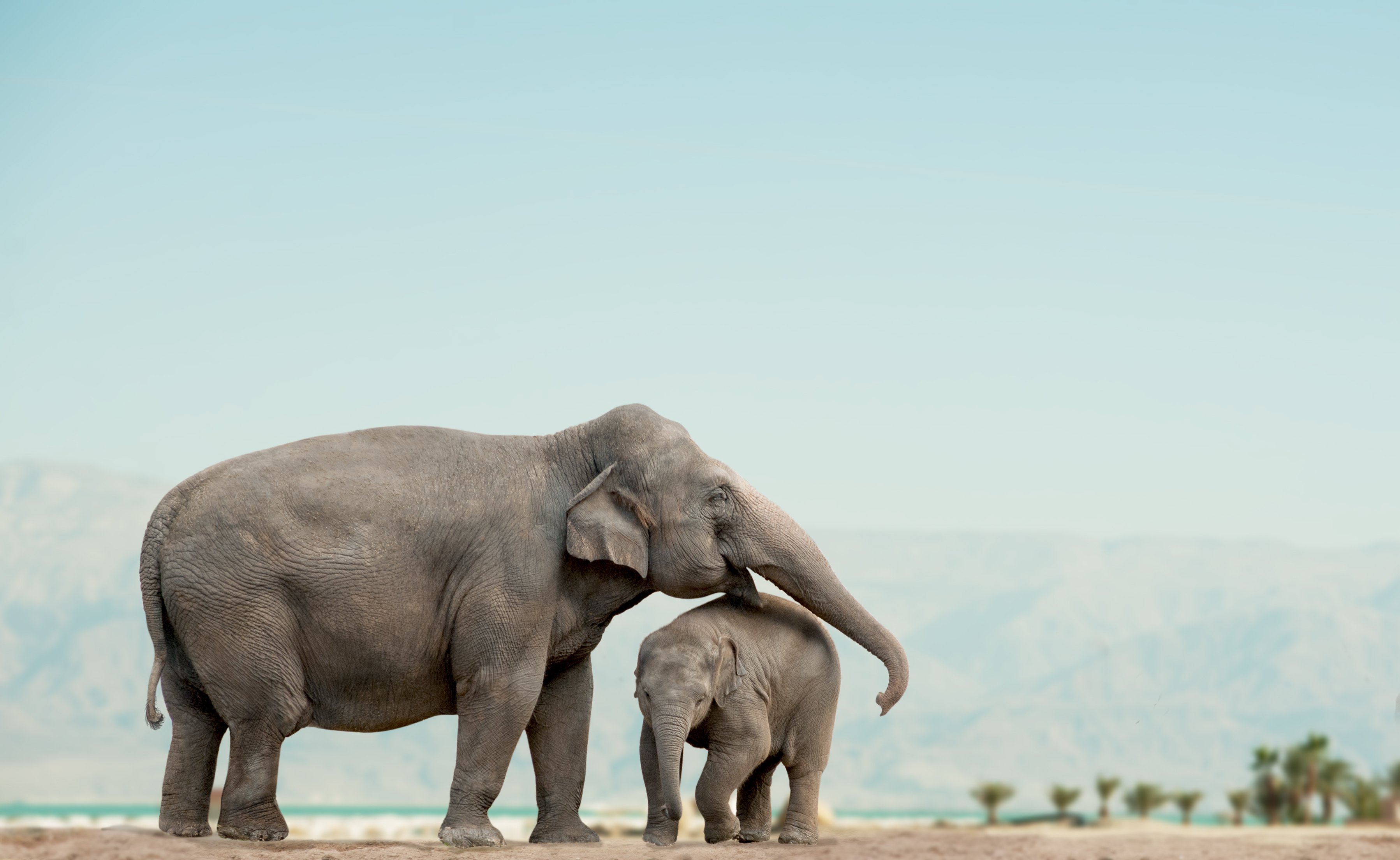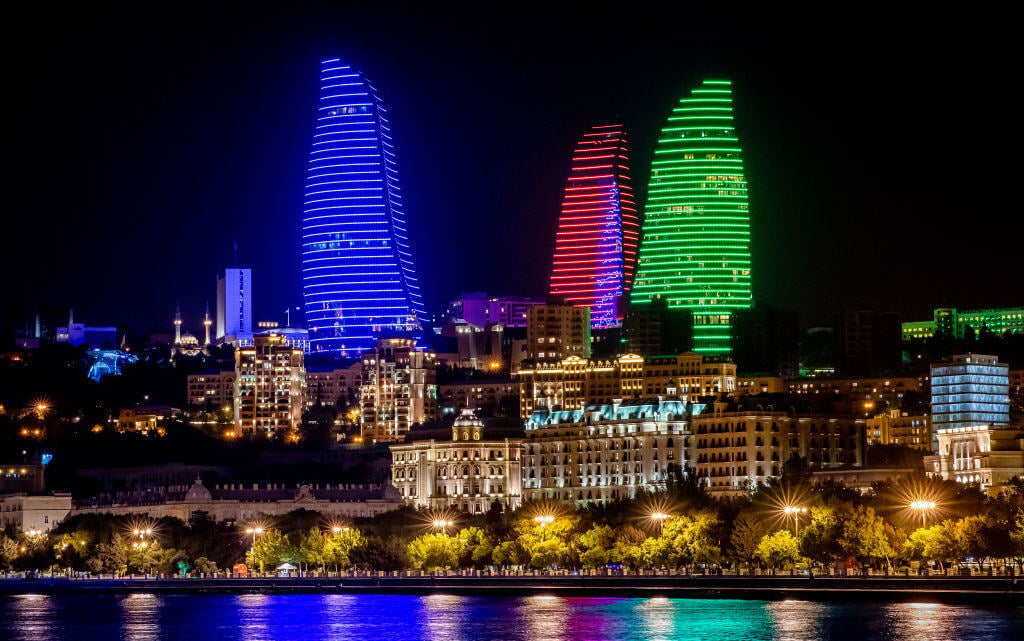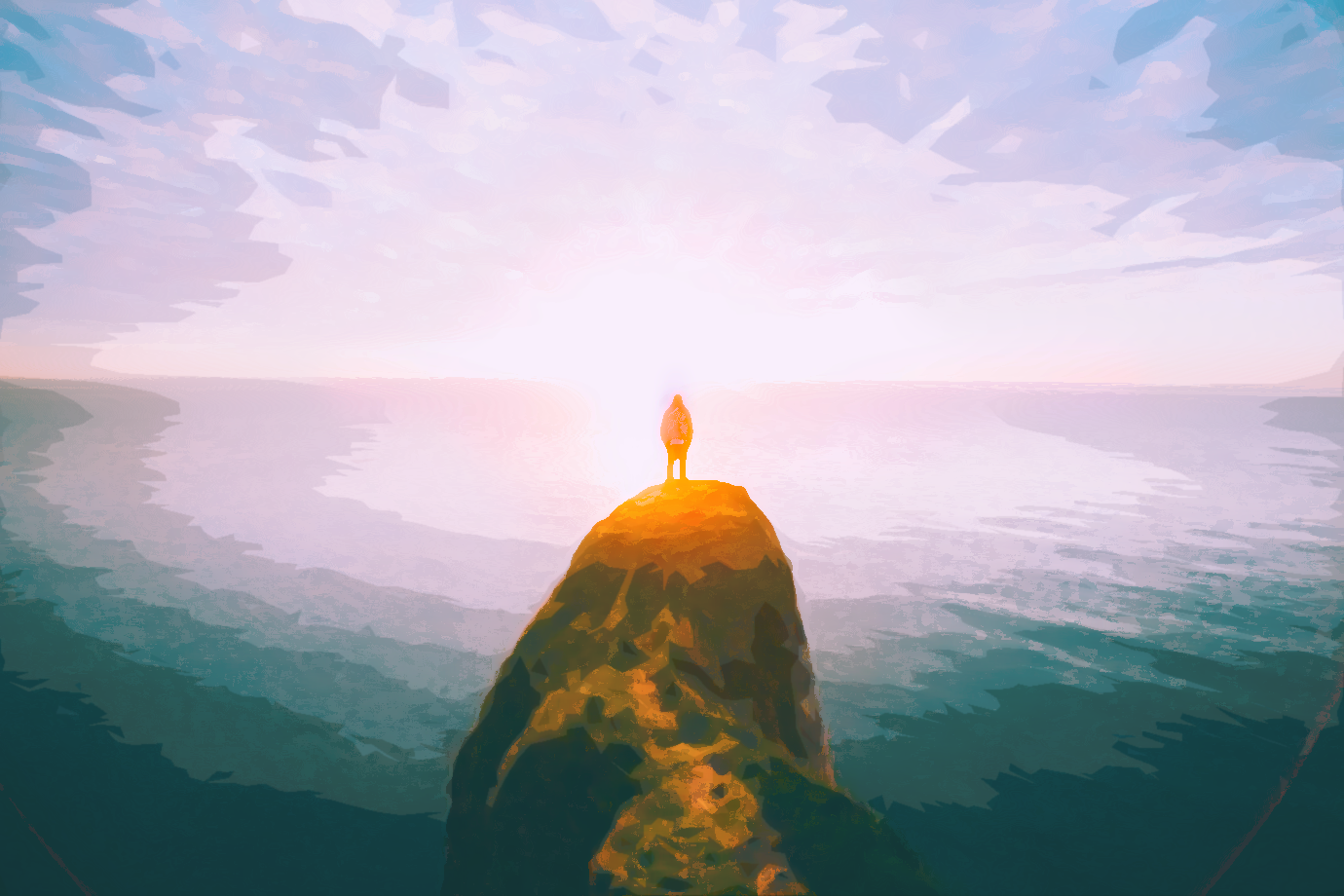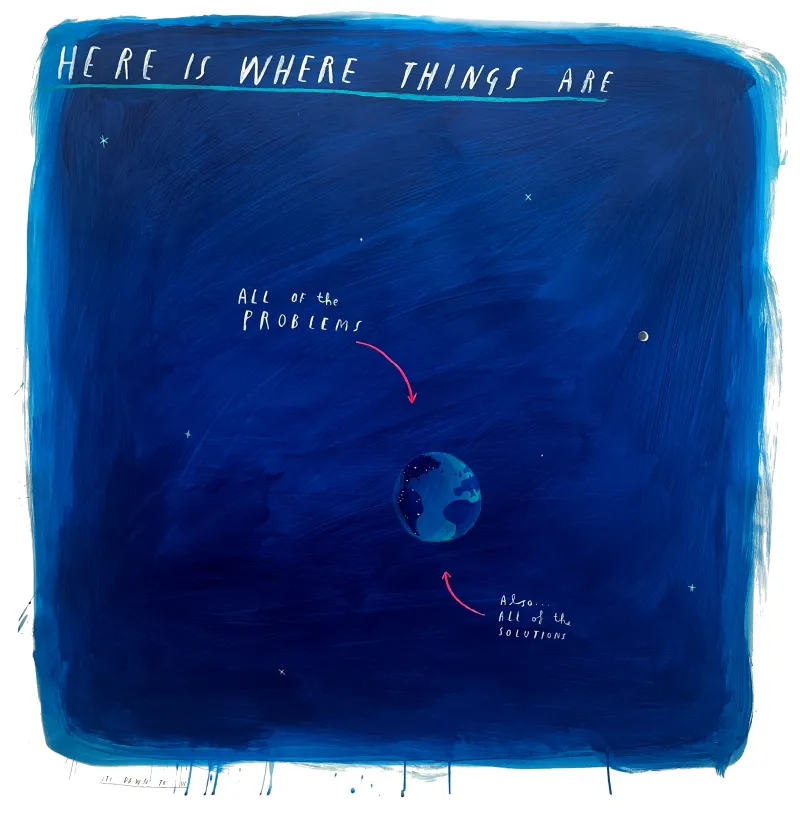173: The Way Out Is In: Benefitting from a Spiritual Practice
About this episode
Welcome to another episode of Outrage + Optimism.
As always, we examine issues at the forefront of the climate crisis, interview change-makers, and transform our anger into productive dialogue on building a sustainable future.
As we navigate the emergency and try to promote positive solutions, many of us often turn to introspection, wondering, among other things: How do we support positive change in the world? How do I bring presence and mindfulness into my daily life and the many global challenges we face? How do I cultivate inner peace amidst these crises? How can I show up every day as my authentic self?
This week, co-host Tom Rivett-Carnac moonlights as a guest for a special episode of “The Way Out Is In: The Zen Art of Living,” a podcast mirroring Zen Master Thich Nhat Hanh (Thay)’s Buddhist teachings.
From the peace and tranquility of the International Plum Village Community of Engaged Buddhism, presenters Zen Buddhist monk Brother Pháp Hữu and journalist Jo Confino discuss with Tom the power that deep spiritual grounding can provide. For one, it can make mindfulness a tool for individual and collective awakening, not only in day-to-day life but specifically during an ecological and climate crisis.
Tom begins by relaying his early-life experience as a Buddhist monk. As a young man, Tom struggled with the relevance of life and his sense of identity. Ten-day silent retreats during his university years ultimately led to two and half years at Buddhist monasteries in Rangoon (now Yangon) and northeast Thailand. During this time, he lived in a forest kuti (hut), meditating and listening to Dharma talks (lessons given by a Buddhist teacher).
At first, it wasn’t easy. As Tom says: “The first period in which you engage in something like that is kind of awful because your mind rebels at the absence of sensory input.” But eventually, this eases, and the benefits of spiritual awakening emerge. “Some of the most profound experiences of just being alive come from those very quiet days sitting in my kuti staring into the forest,” he continues.
While the life of a monk was enormously satisfying, Tom believed his true calling was working on the planet’s worsening climate crisis. He disrobed in 2002, returned to his home in the UK, and began his climate mission.
Since then, Tom and many others have found it challenging to bring the practice of mindfulness into the day-to-day world一a complicated, noisy, and distracting place. Confino concurs. Life is less jarring as a monk or nun because they are constantly surrounded by peace, spirituality, and calm.
“That can be much easier,” Confino says, “than living in this busy world where we are constantly bombarded with things, families, taxes, shopping, and all the stuff we have to do.”
At this point, Pháp Hữu offers a different way to view the world. Rather than see it as a series of barriers to mindfulness practice, he sees it as a series of conditions. Unlike most places, Plum Village provides supportive conditions for spiritual practice. “But,” he says, “everyone has Buddhism in them. They can touch enlightenment in their daily lives but must adjust to their current conditions. How can we make every moment of life a moment of practice?”
It turns out mindfulness in the day-to-day takes, well, practice. Its cultivation takes time and training. Deep breathing is one thing at a monastery, but it’s another when you’re irritated or frustrated by external distractions. It’s a journey. Pháp Hữu continues. “Even 10 minutes of clarity, peace, and stillness will impact your actions which, for us, is everything.”
Tom agrees, explaining that we need to move mindfulness away from just isolation to something that happens while we’re in the world. He references Pháp Hữu’s recent Dharma talk in which he spoke about Thay’s stroke in 2014 and, particularly, Thay’s response to losing control over one side of his body. Rather than struggle with the mental anguish from this consequence, Thay deepened his practice by showing love and compassion to his body.
Practice, Tom concludes, “Is not separate from life.”
At Confino's query, Tom speaks about the next phase in his life. It will be integrating his spiritual development with his day-to-day life. “The interesting work is at the intersection of those two. We can’t advance,” Tom continues, “unless we bring those two elements together in ourselves and our work.”
Confino pursues this line further. “What [is the] impact when [spiritual mindfulness] is not present?” A good question, Tom ponders. It’s hard to know what impact it would have if people were more present, but its absence is apparent everywhere. And it’s getting worse.
The climate emergency一understandably一causes immense anxiety and panic, which drives people farther apart. Activists, executives, and others are becoming more distant, digging in, and doubling down on their respective sides, rather than pausing for self-reflection and coming together. Is it possible? Tom asks his companions.
Pháp Hữu addresses the need to understand connection through understanding suffering. All suffering is our suffering, and the impact of our actions is infinite. But it’s important not to be a victim of the suffering but to embrace and accept it and see what to do. “This,” he says, “is meditation. Mindfulness in the here and now will offer you wisdom, which can lead to action.”
“I don’t underestimate the impact that I can offer,” Pháp Hữu continues. “This is where the individual becomes the collective.” This is how the integration of mindfulness with our world happens.
Indeed, the way out (of crisis) starts inside with a personal awakening. Tom shares an additional insight that safety is not with those who are like you一there’s no way everyone will agree on the content of climate emergency solution, for example. The only way we have a sense of collective purpose is through unity in directing our attention toward the present moment in our world. “But the busyness of [the work] is preventing us from seeing this.” Confino agrees the best answers are “in the collective,” adding, "Only by letting go of our views are we open to new ideas and new ways of seeing the world.”
This is a pivotal point in tackling our climate emergency. We need to do something different to catch up with it. We need to find our collective way forward. Confino brings it back to integrating spiritual mindfulness with day-to-day work. How do we do this, even when we have a deep understanding of what to do? Well, it’s difficult.
Pháp Hữu says one of the keys is practice. Everyday. Find time to cultivate mindfulness, whatever you’re doing. Mindfulness is the art of living. “Each minute of daily living can be an art,” where mindfulness is practiced,” Hữu says. “Brushing your teeth can become a refuge,” he says, “where you express gratitude for having teeth enabling you to enjoy good food.” Each day you get better and cultivate your mindfulness more deeply. “The cup of tea in front of you,” Pháp Hữu posits: “Is drinking your tea a spiritual practice, or not? That’s up to you.”
Tom brings the discussion to a close by reflecting on his time with his Plum Village companions. Accept that daily life outside the monastery is different. Don’t expect perfection from yourself一that realization in itself is freeing. Bring more intentionality and presence to what you’re doing. Let go of things that distract you. Free yourself from ideas that trap you一but accept that this is a process. And, there are moments of transformation everywhere.
Finally, in the ‘The Way Out Is In’ tradition, Brother Pháp Hữu completes the episode with a short guided meditation for listeners.
NOTES AND RESOURCES
Listen and Subscribe to ‘The Way Out Is In’
Plum Village App
Thich Nhat Hanh
Plum Village
Facebook | Instagram | Twitter | YouTube
Brother Chân Pháp Hữu
Jo Confino
Next ‘The Way Out Is In’ Recommended Episodes To LISTEN To:
Zen and The Art of Saving The Planet
Wise Leadership w/ Lindsay Levin
WATCH: ‘A Cloud Never Dies’ on YouTube
READ: ‘Zen and The Art of Saving the Planet’ by Thich Nhat Hanh
To learn more about our planet’s climate emergency and how you can transform outrage into optimistic action subscribe to the podcast here.
Your hosts

Tom Rivett-Carnac
 Follow Tom Rivett-Carnac on Instagram
Follow Tom Rivett-Carnac on Instagram
Guests

Br. Phap Huu
 Follow Br. Phap Huu on Instagram
Follow Br. Phap Huu on Instagram

Jo Confino
 Follow Jo Confino on Instagram
Follow Jo Confino on Instagram

